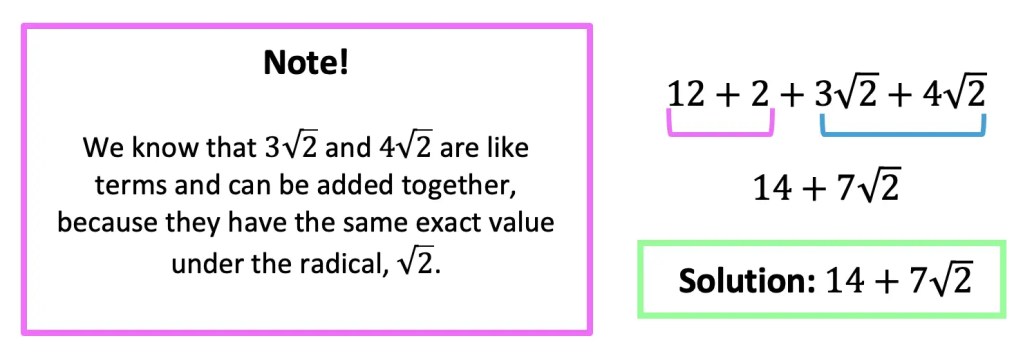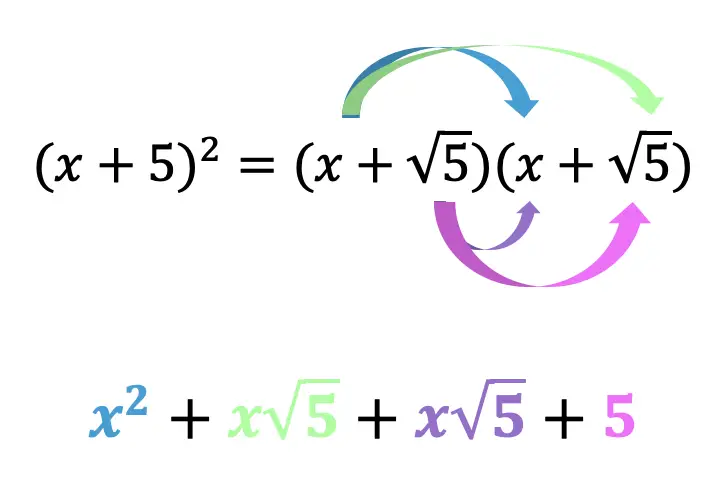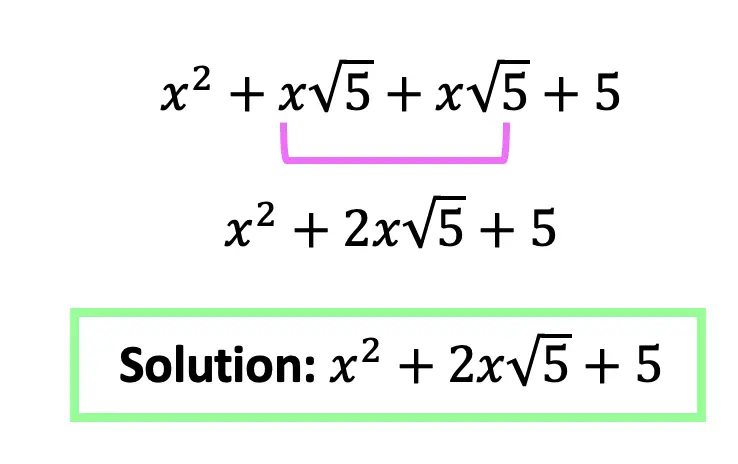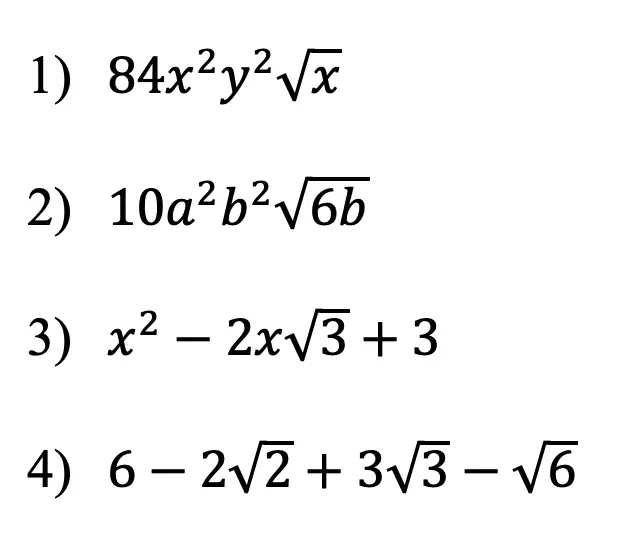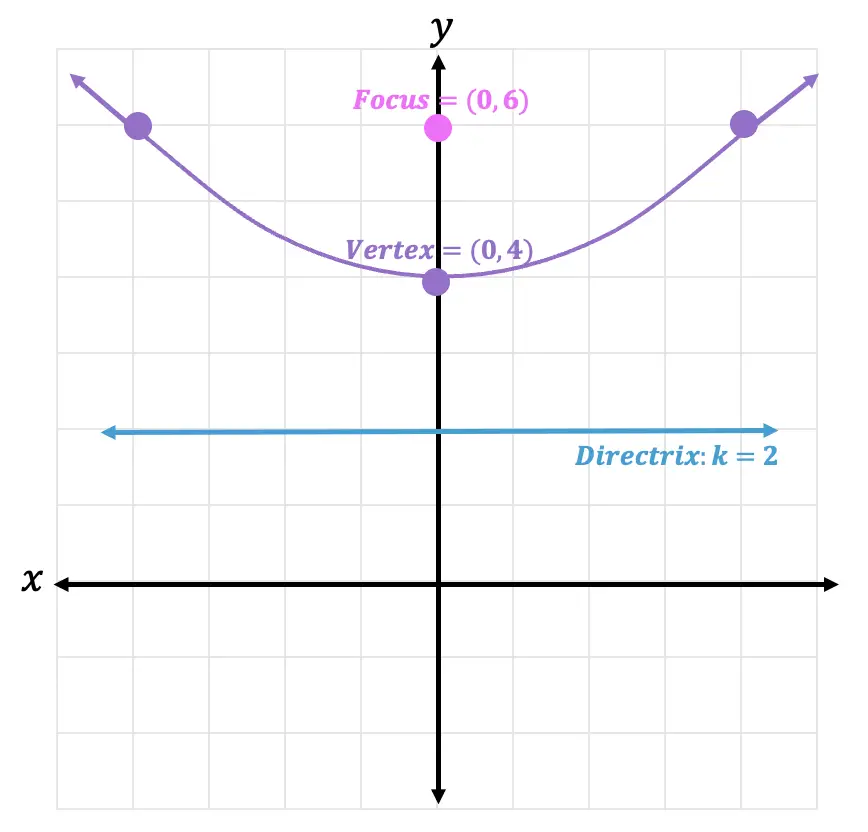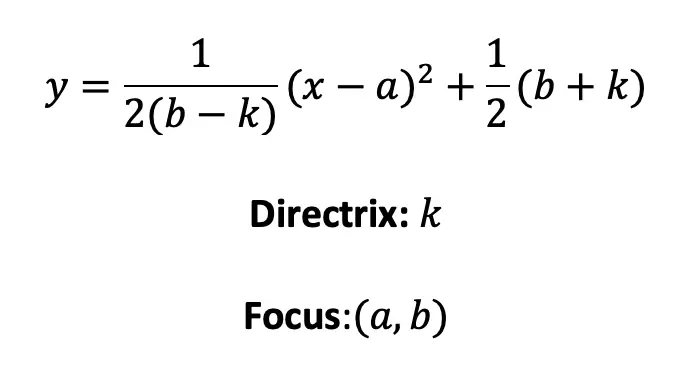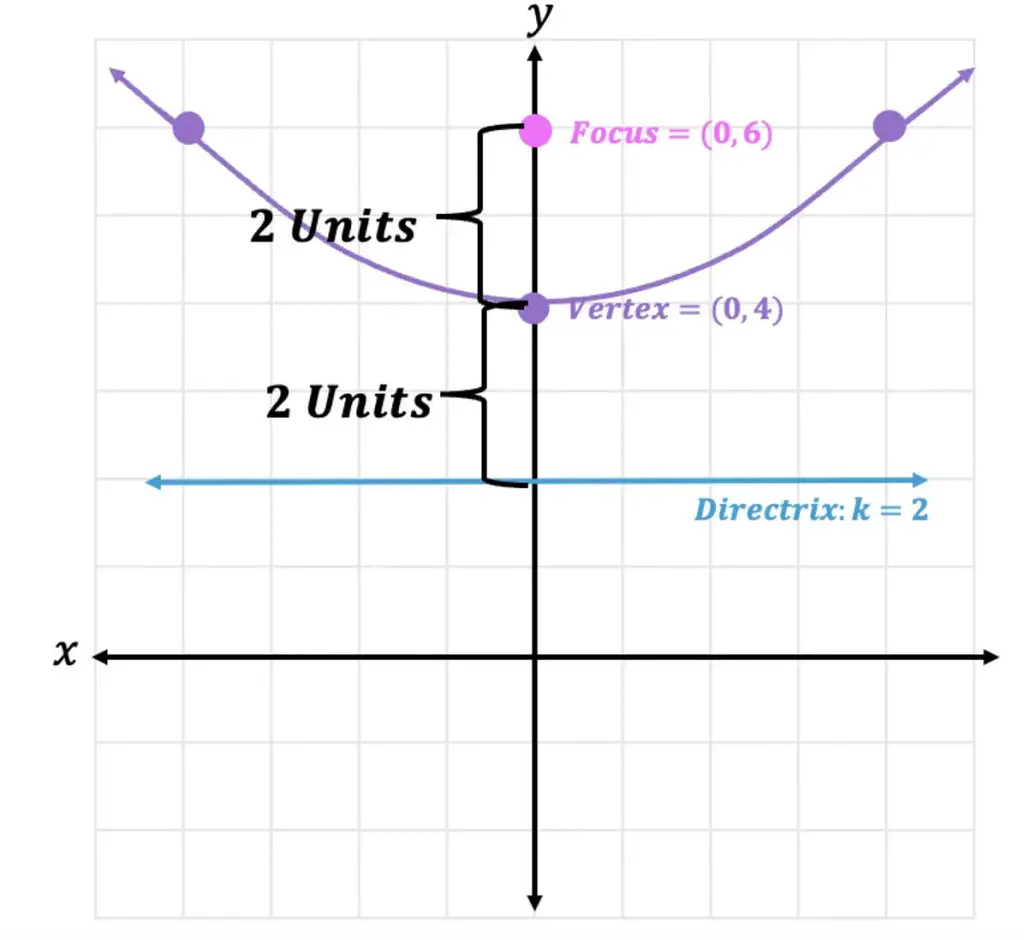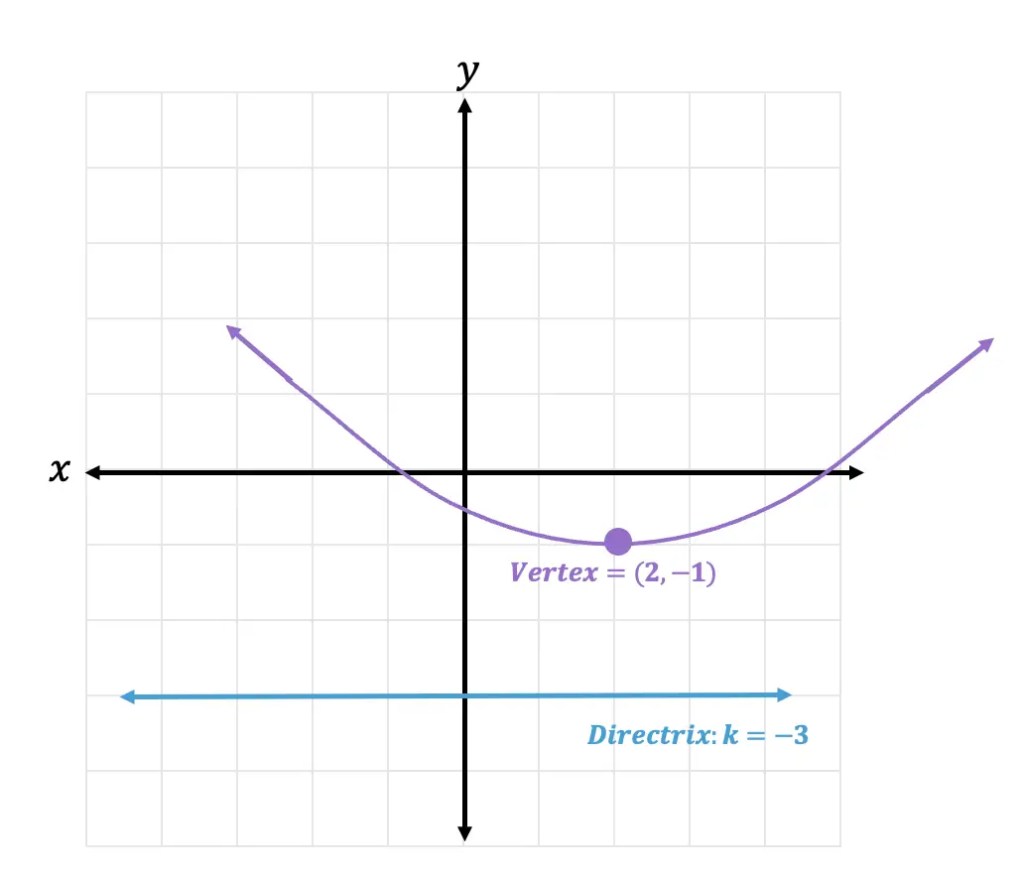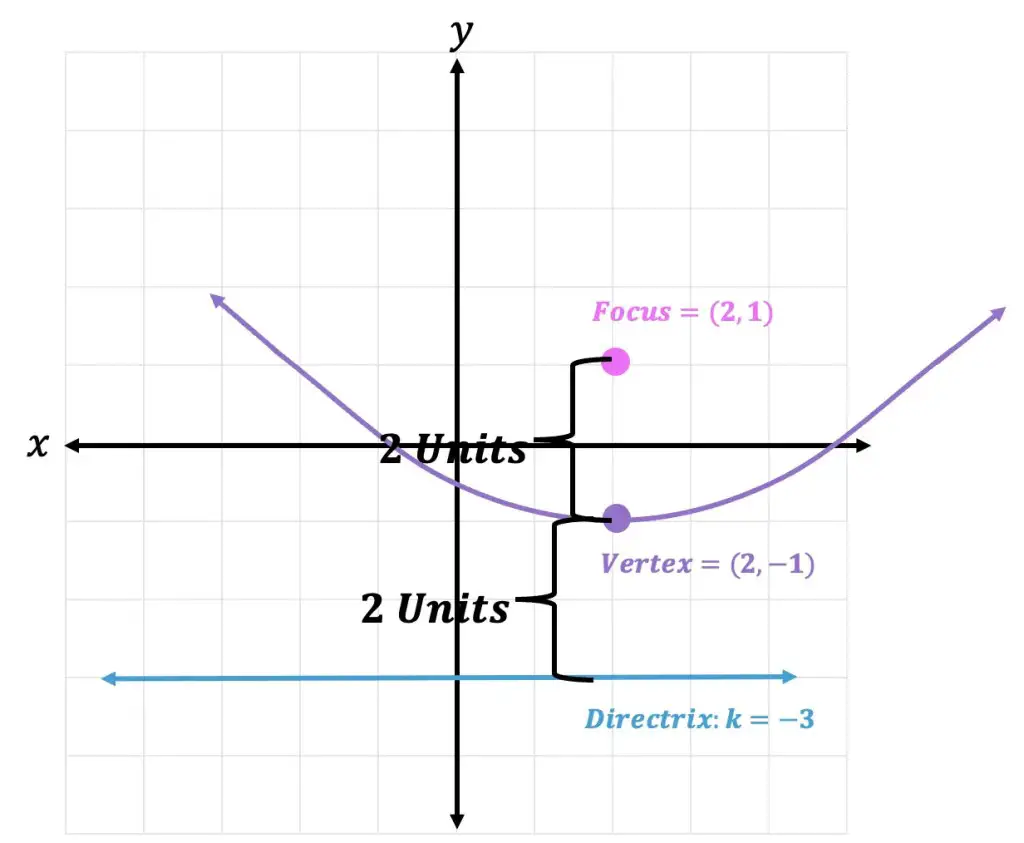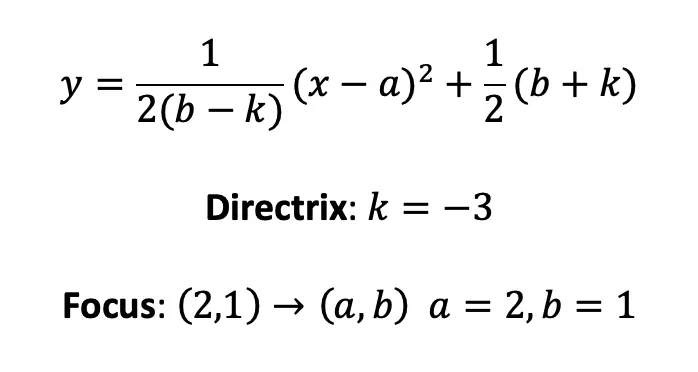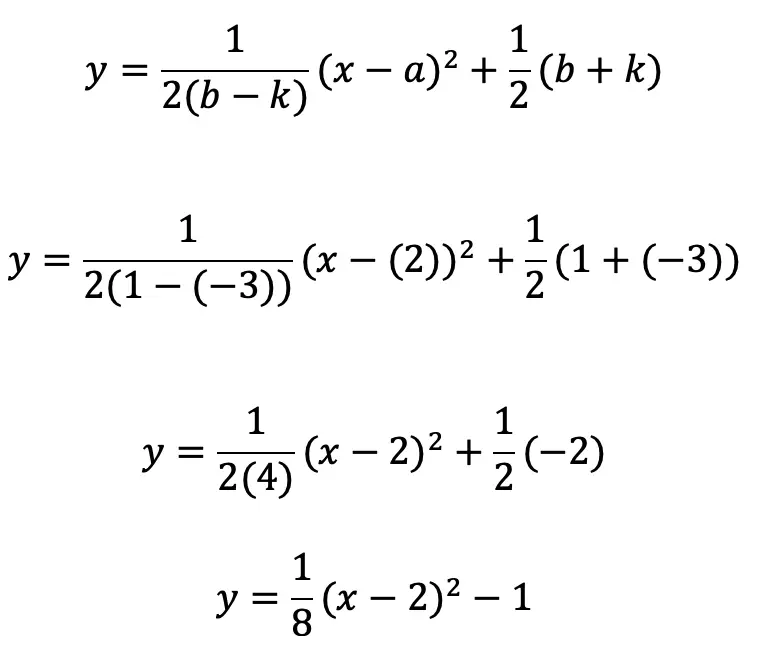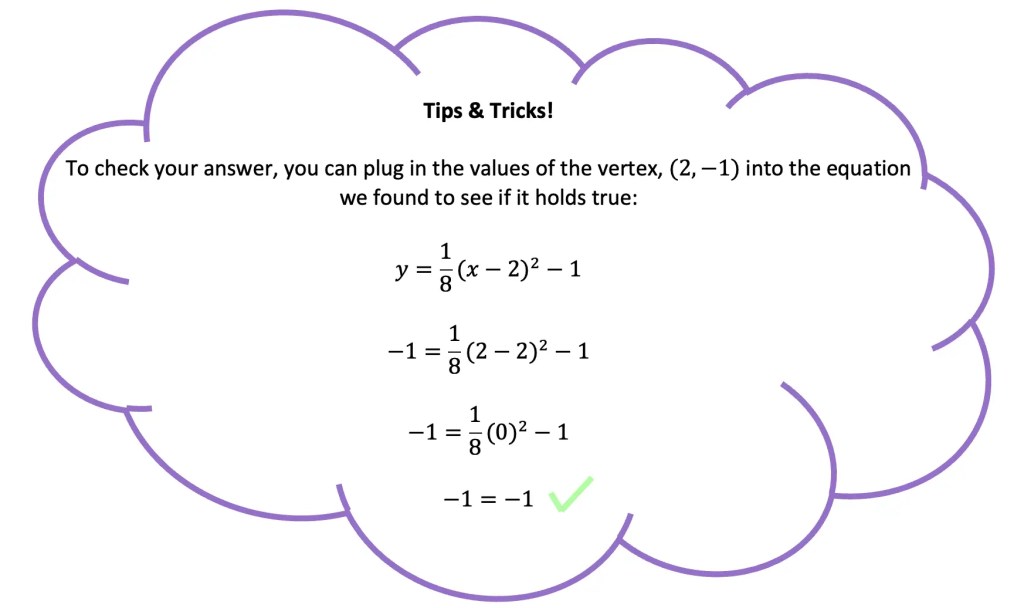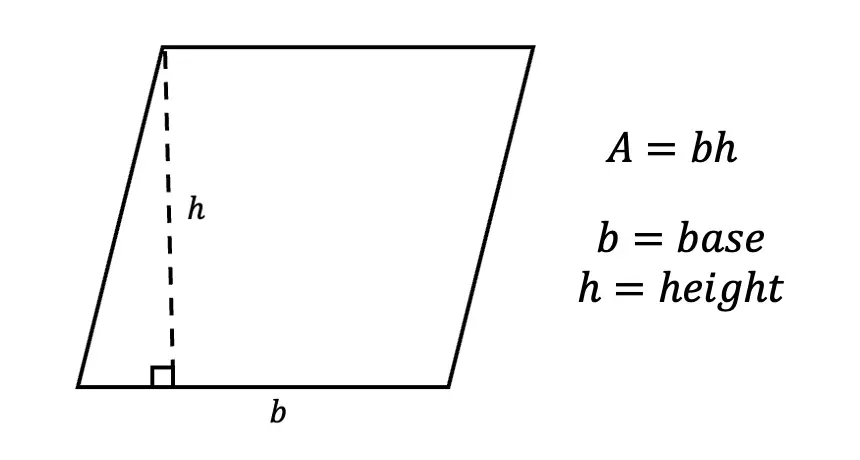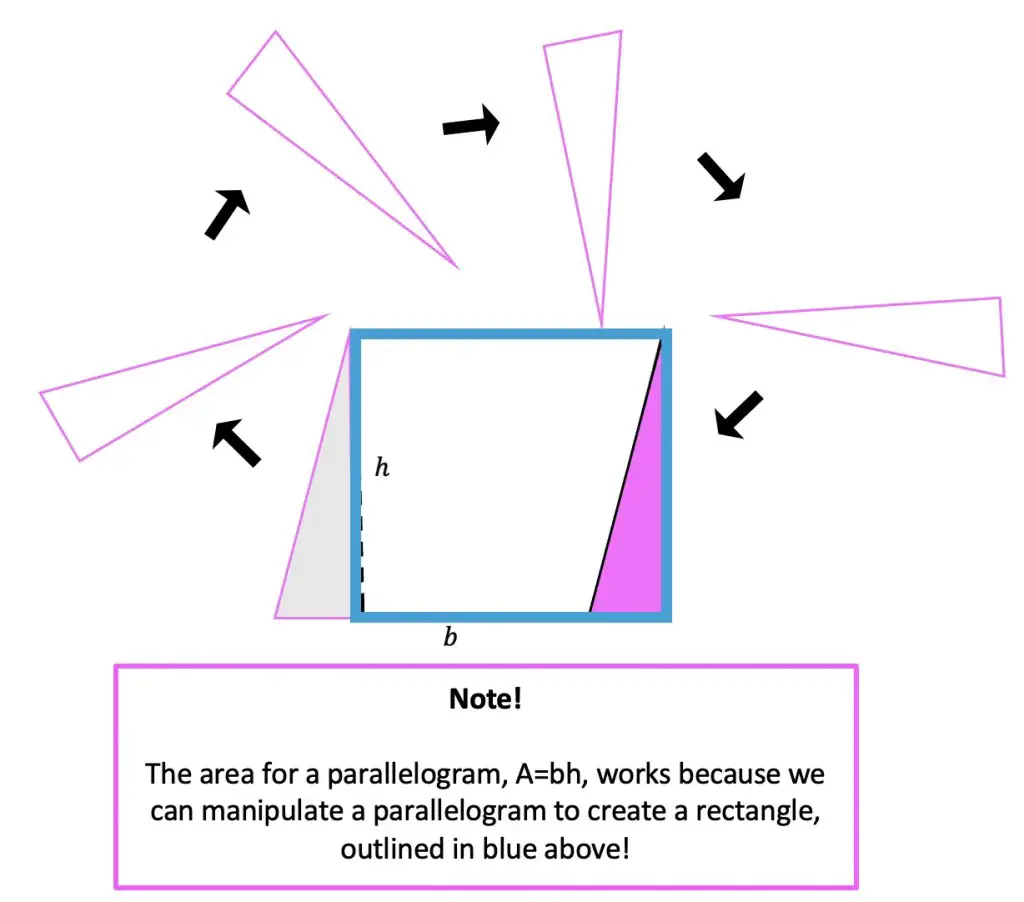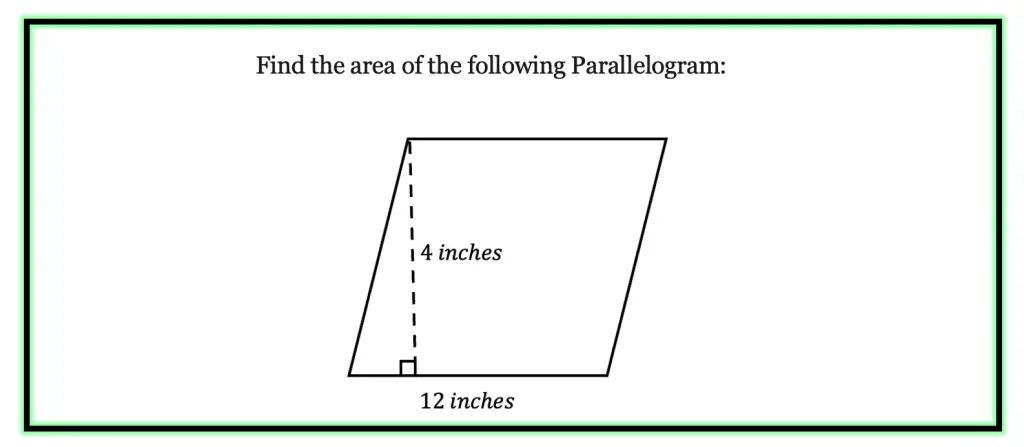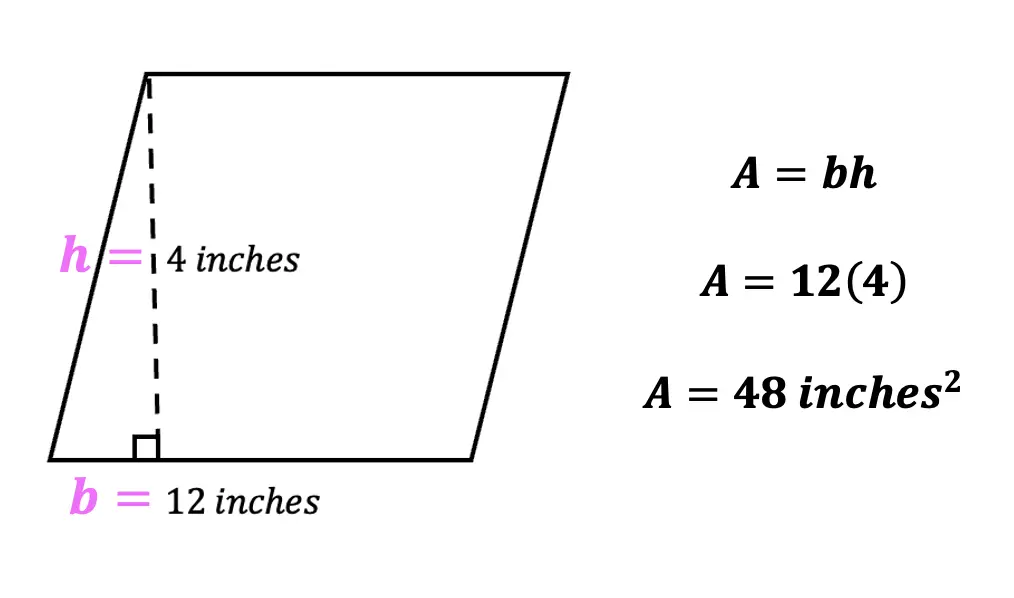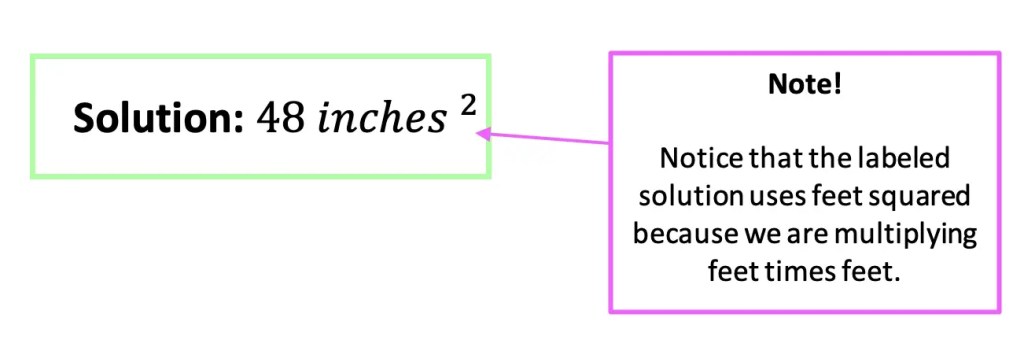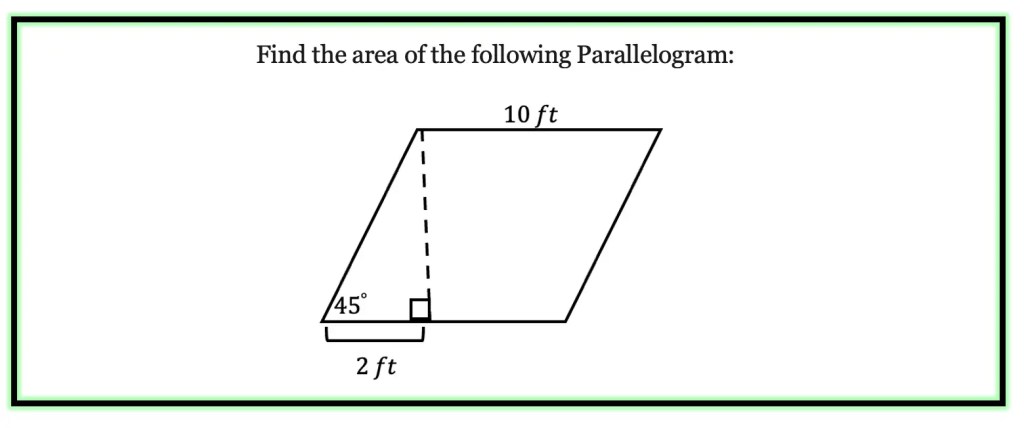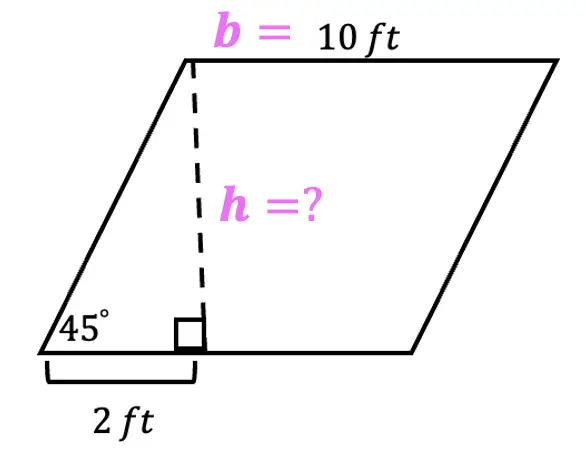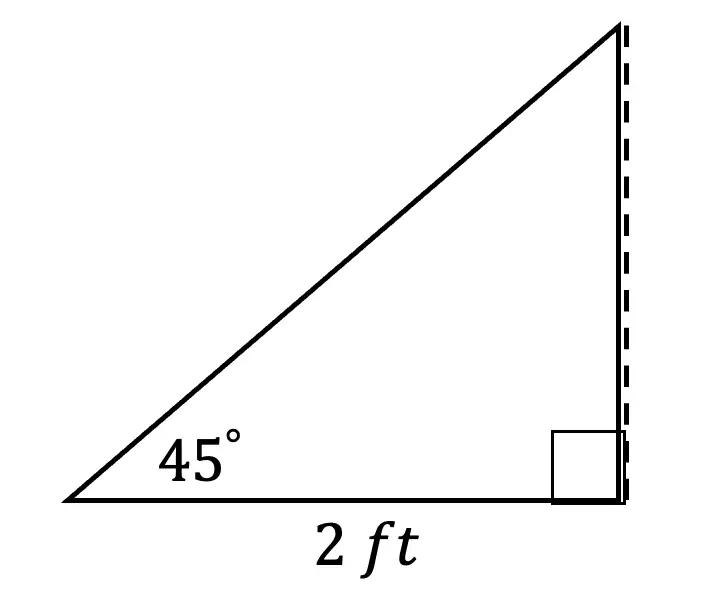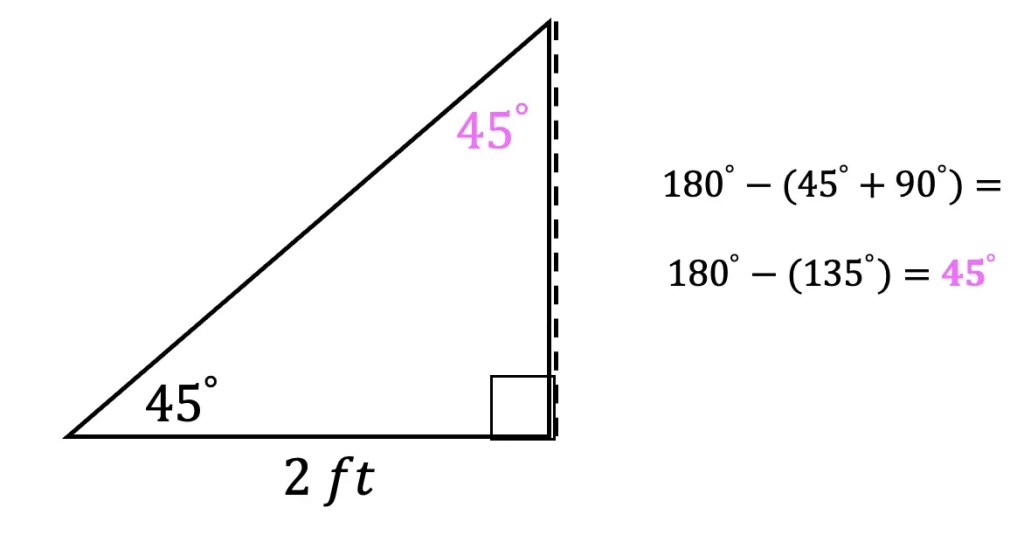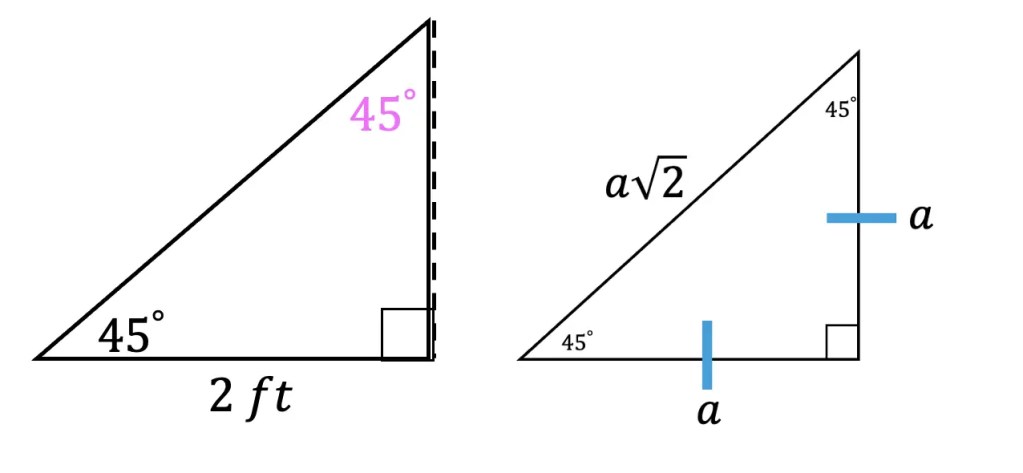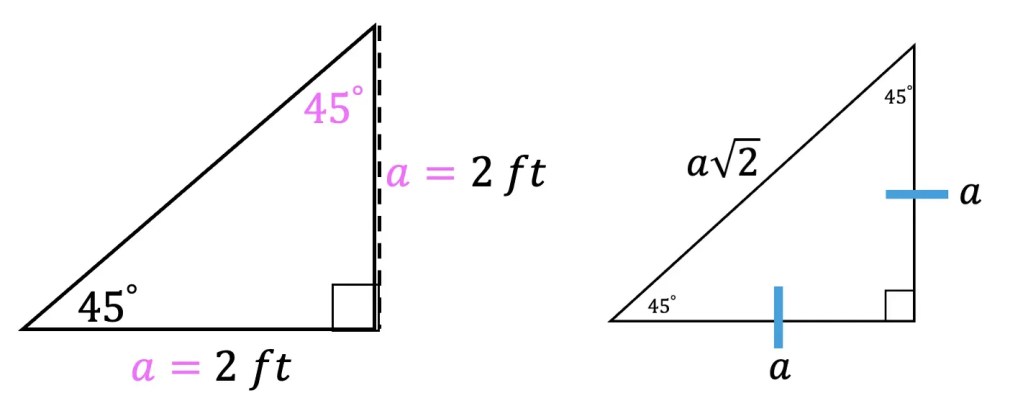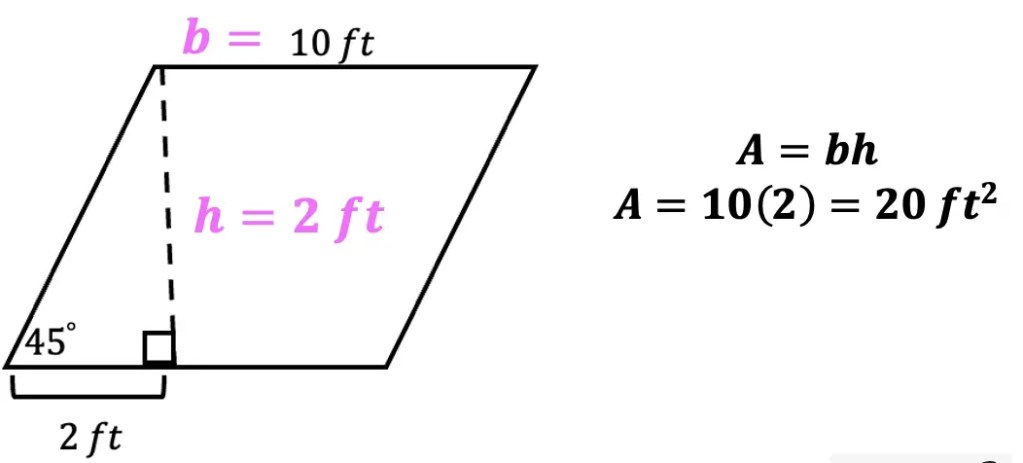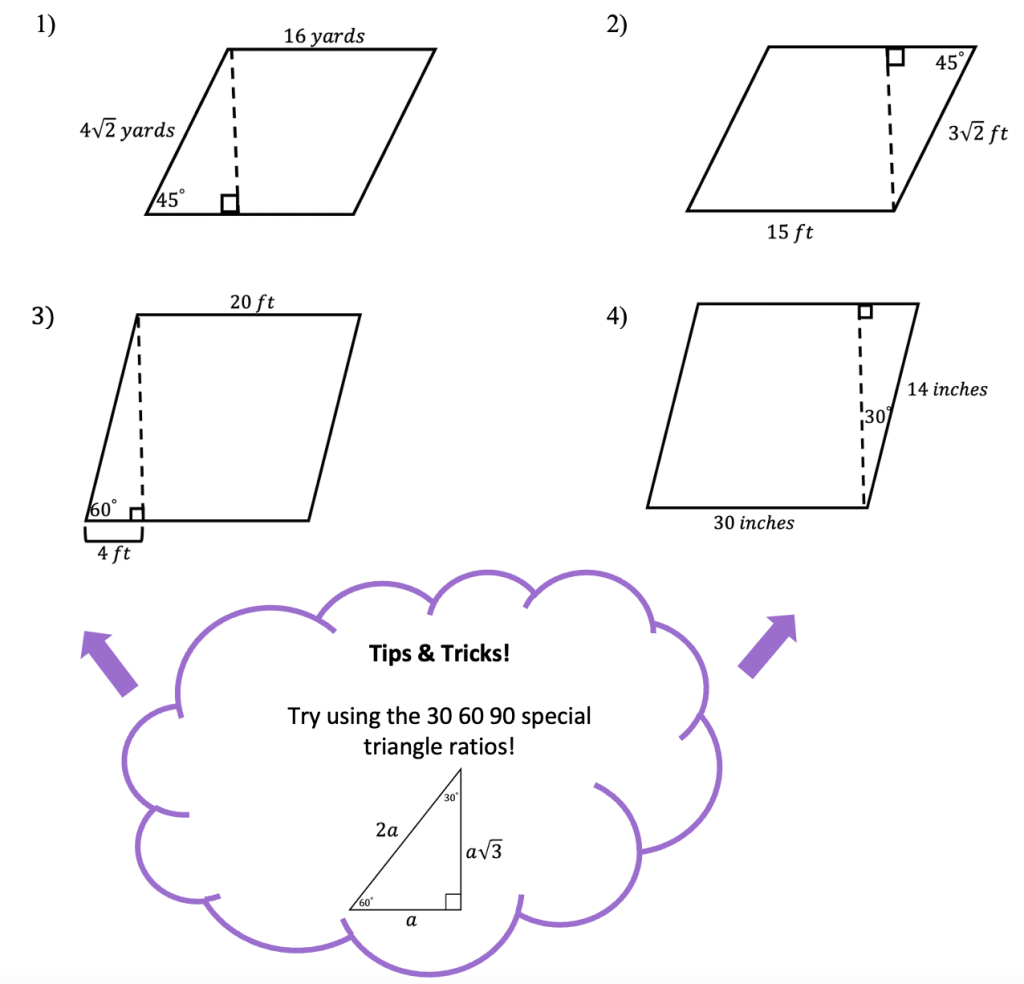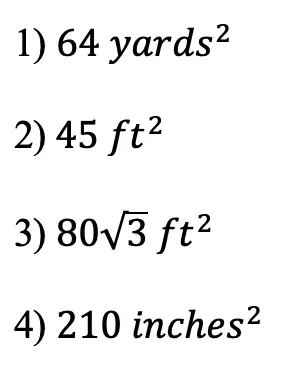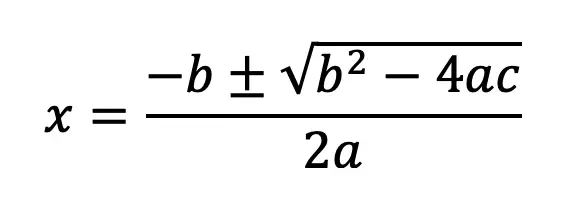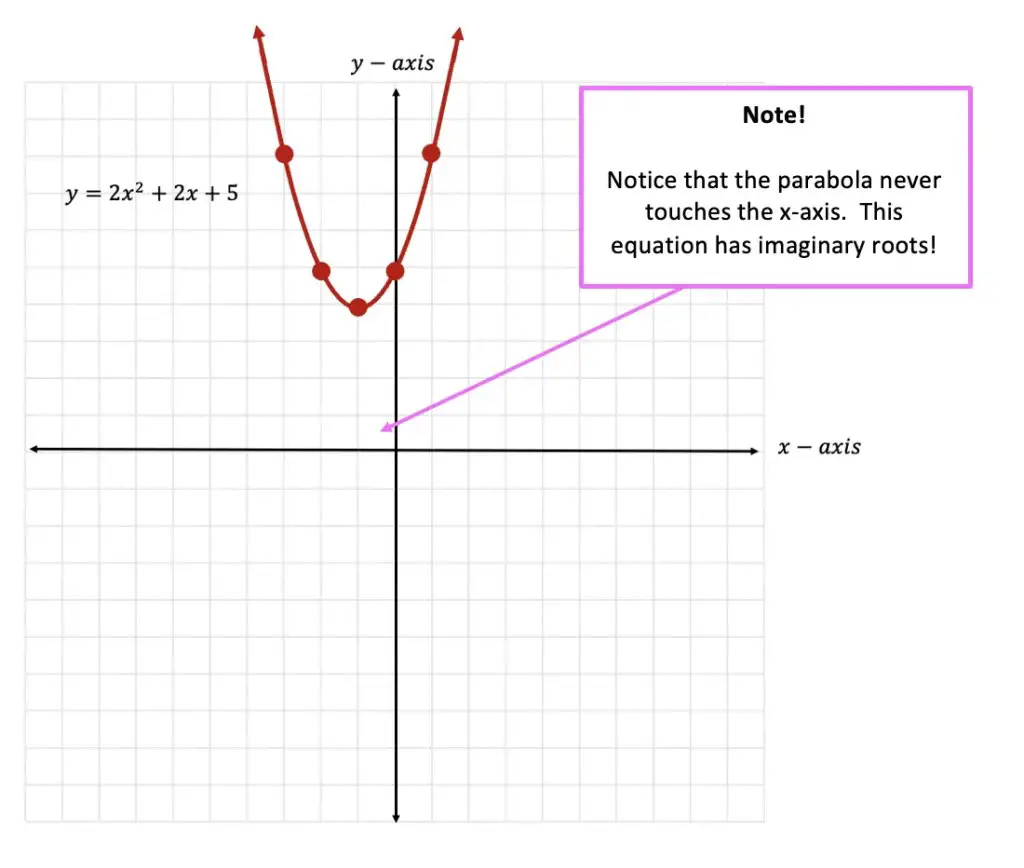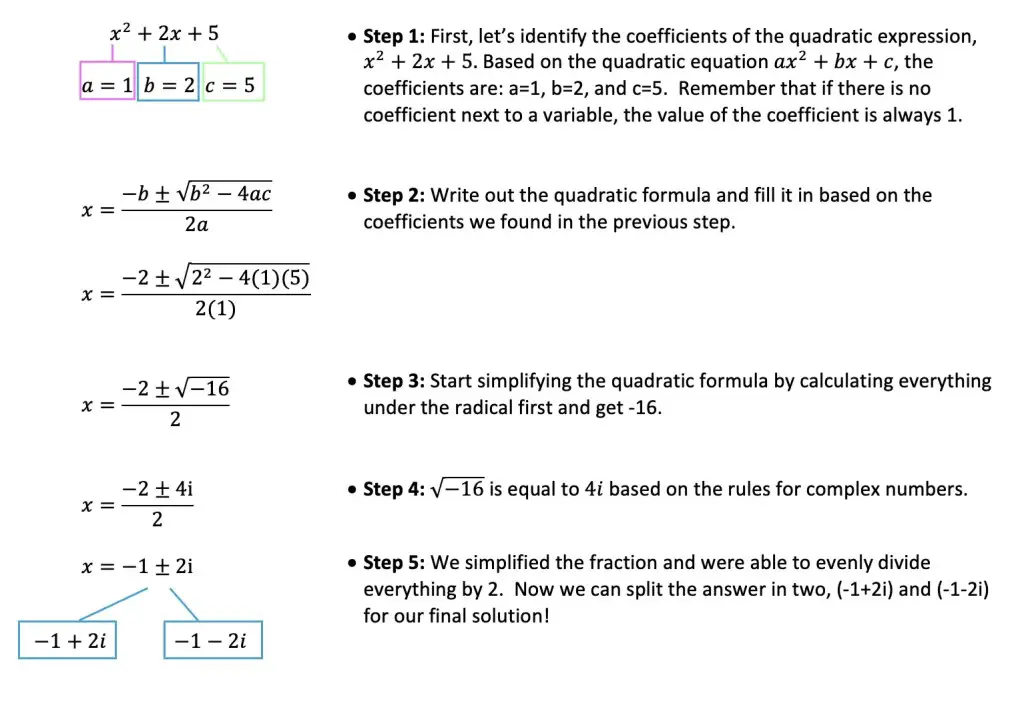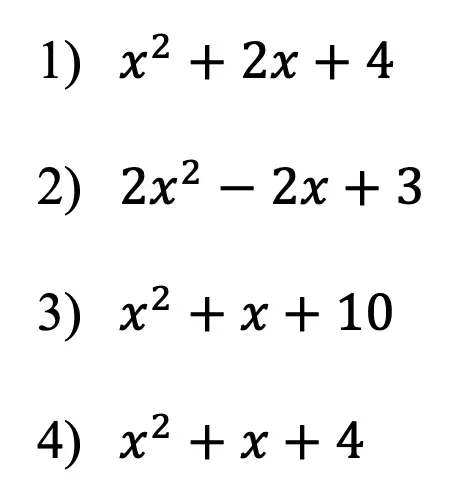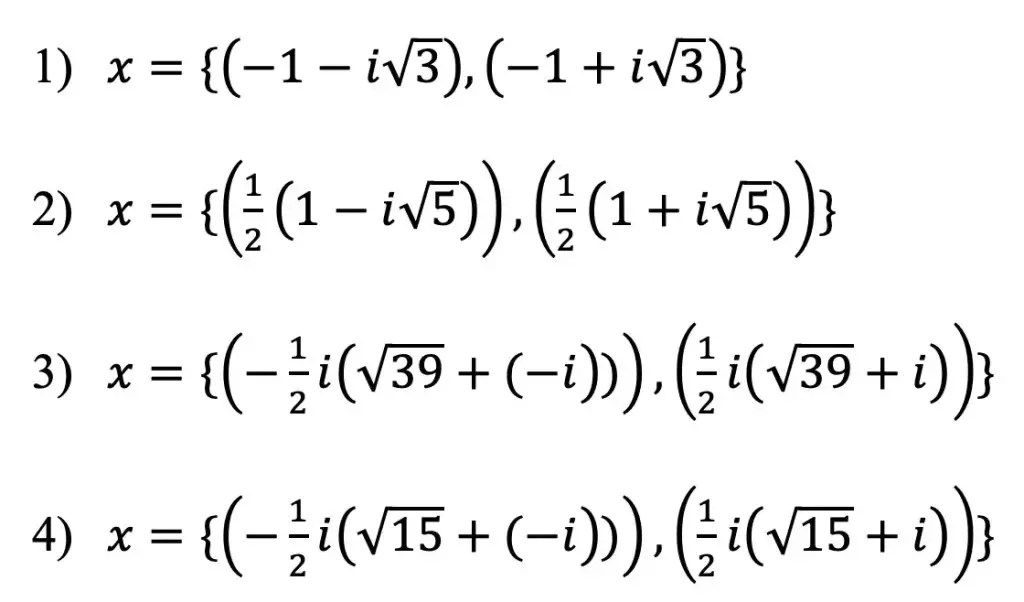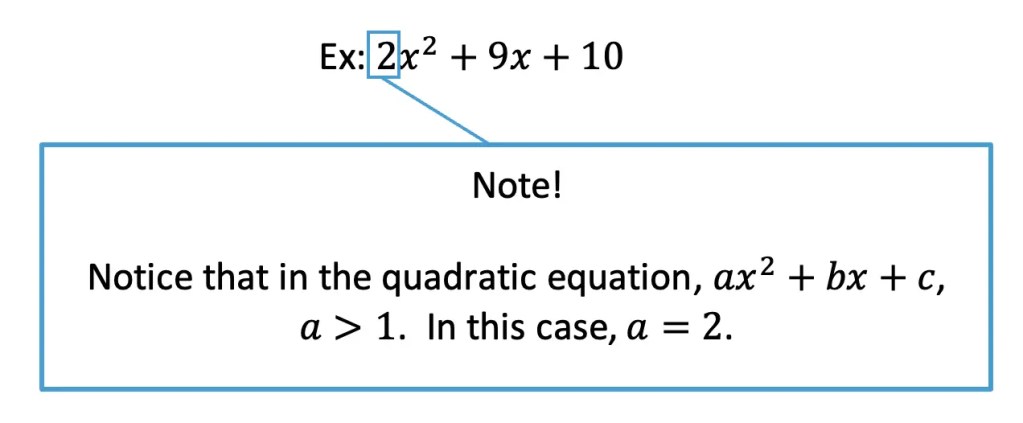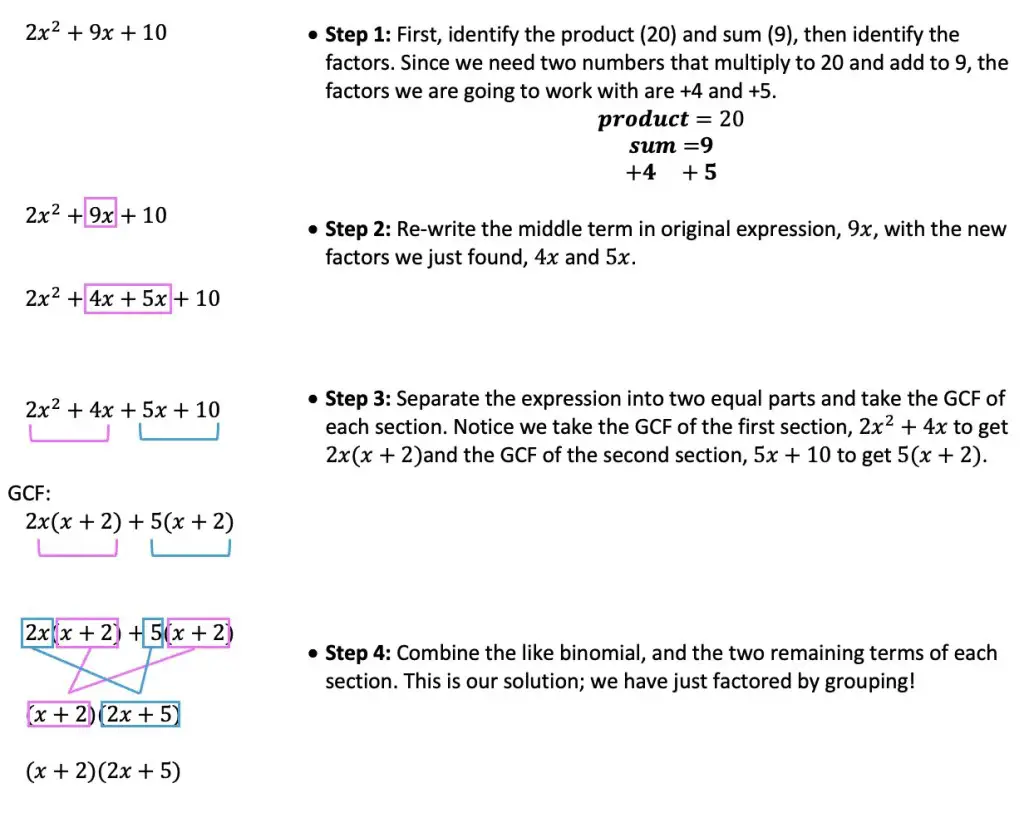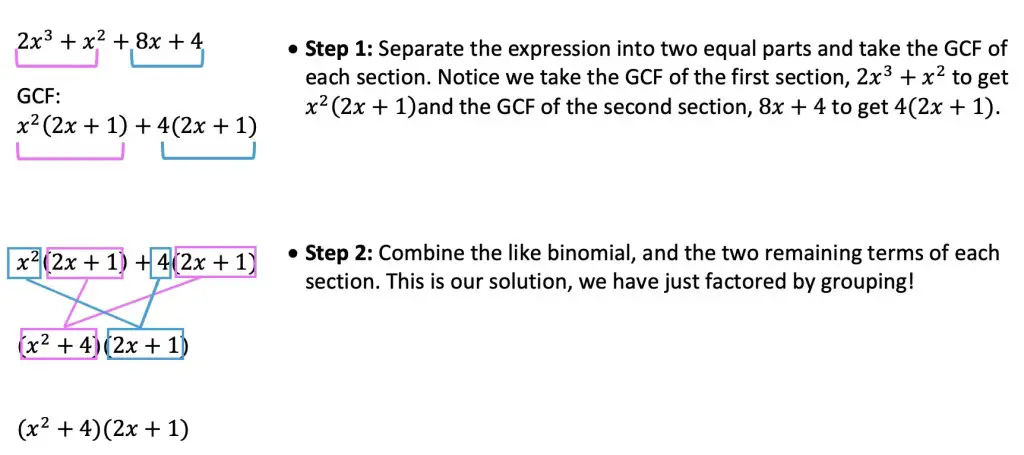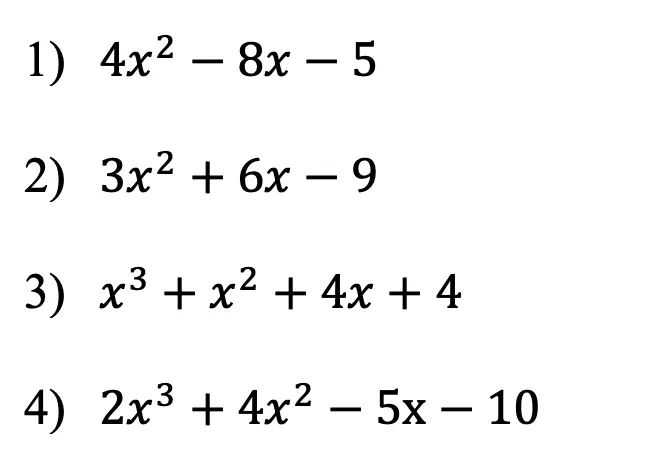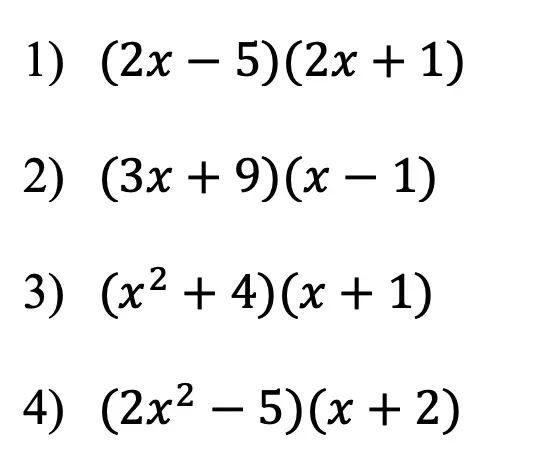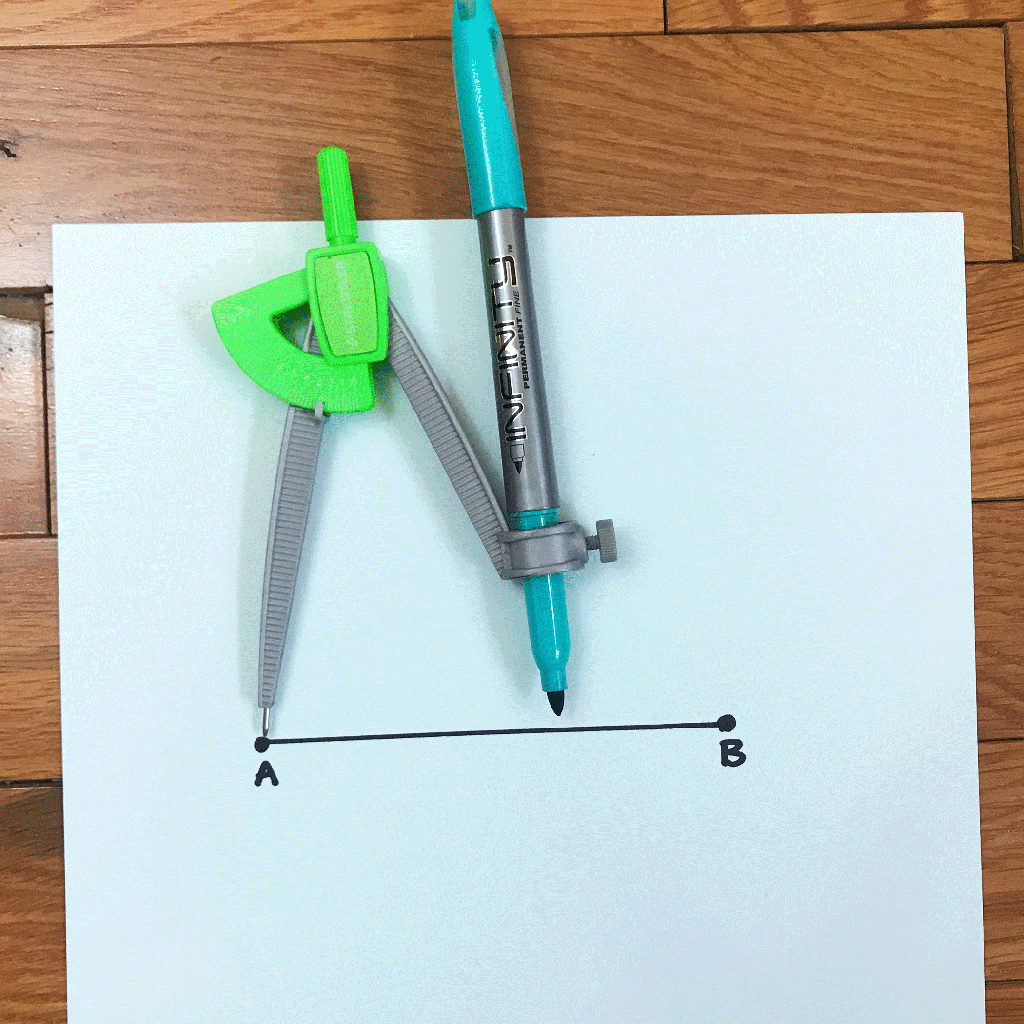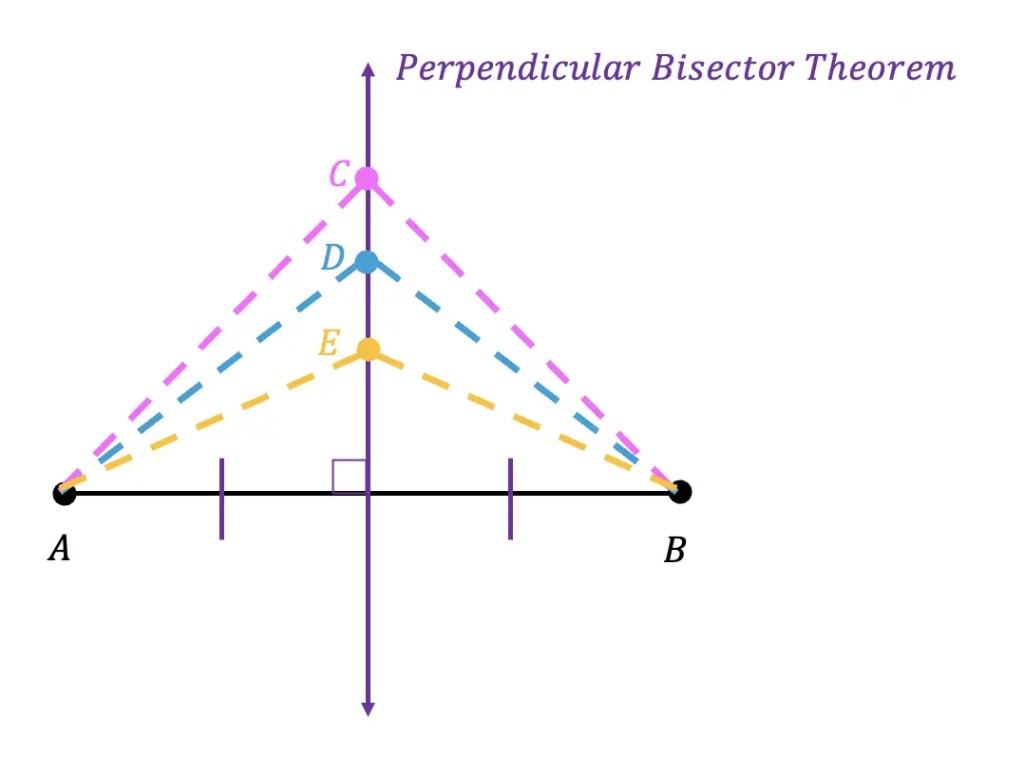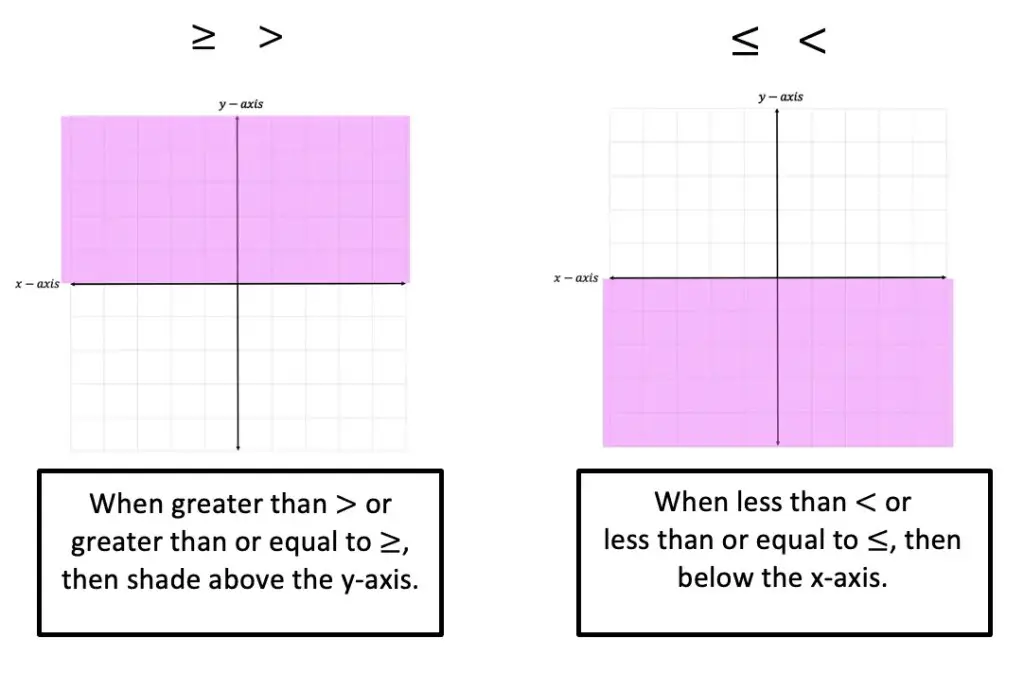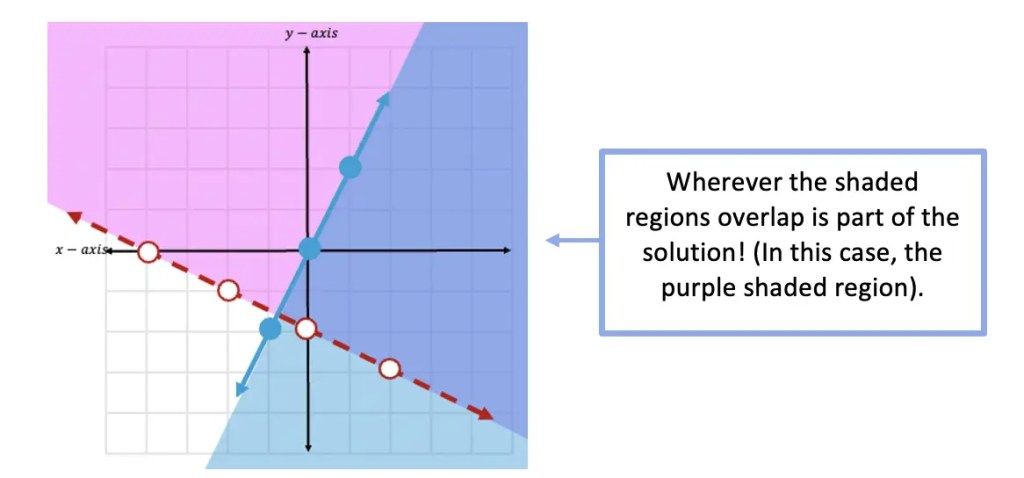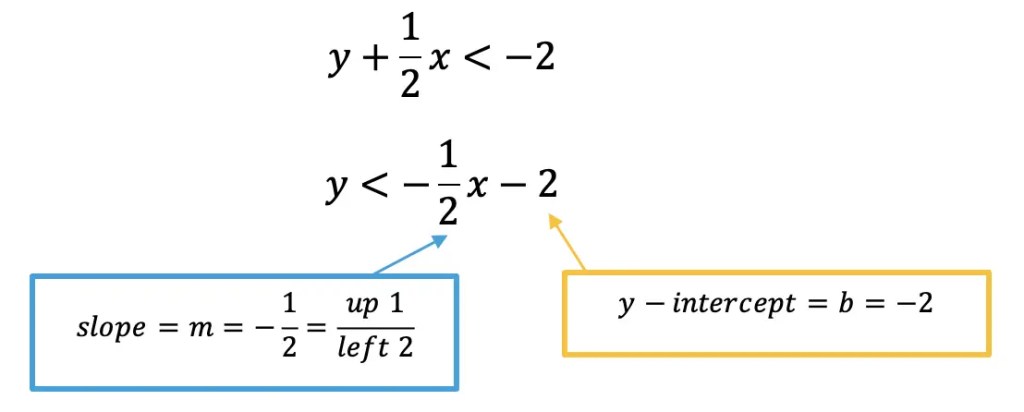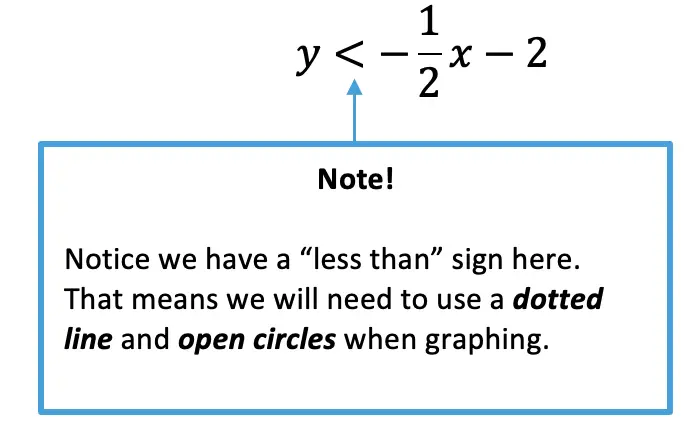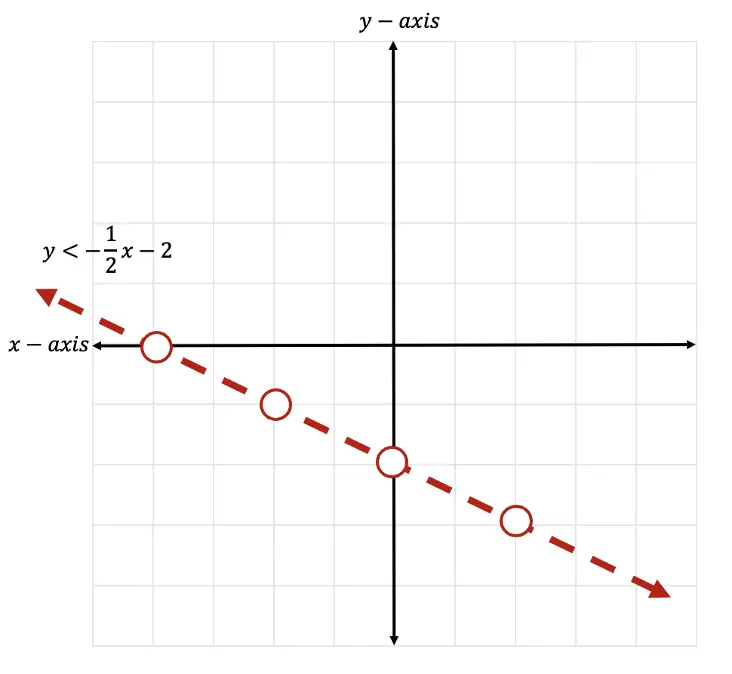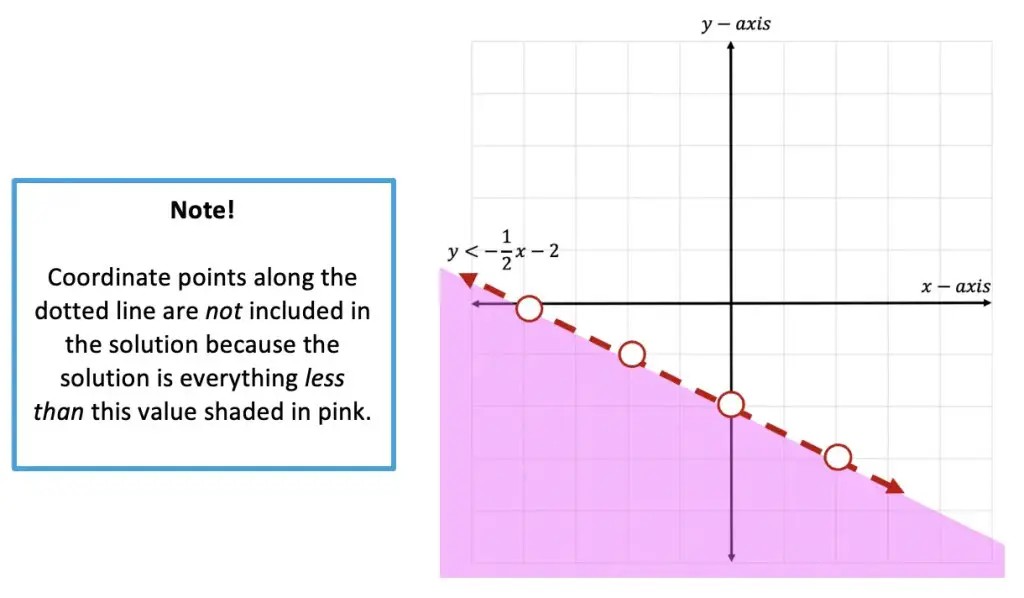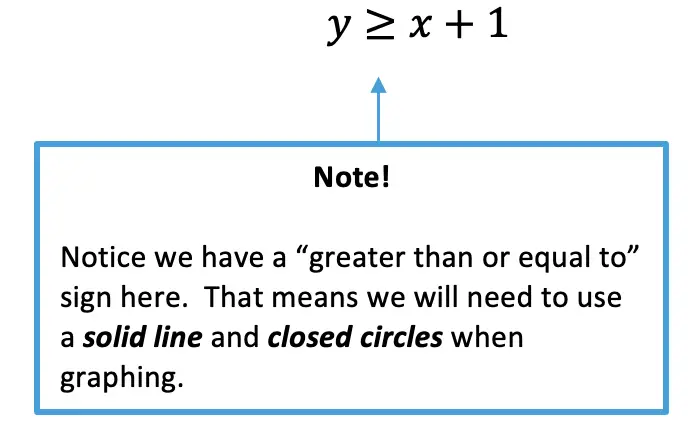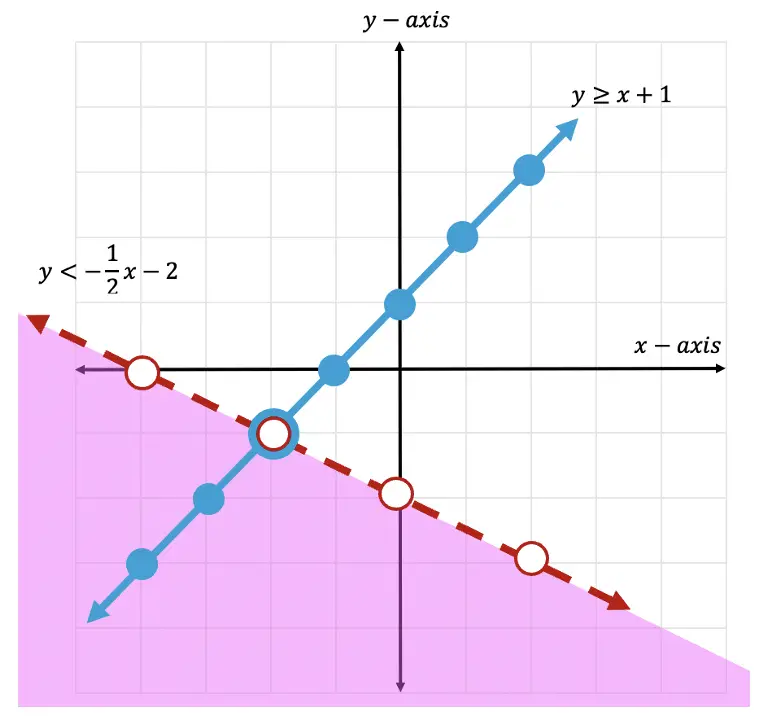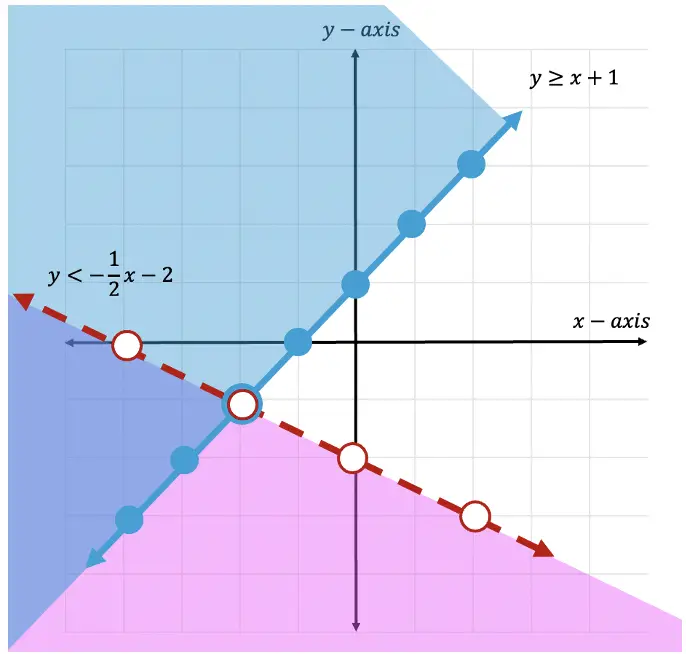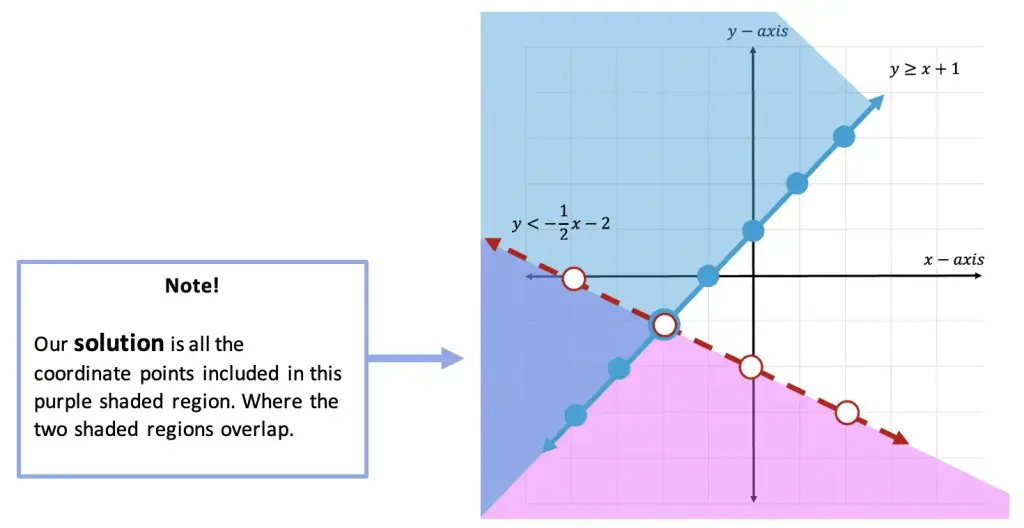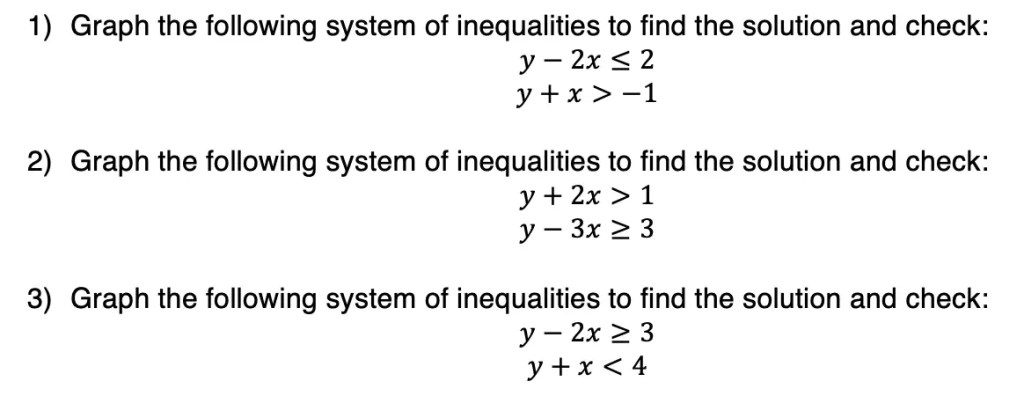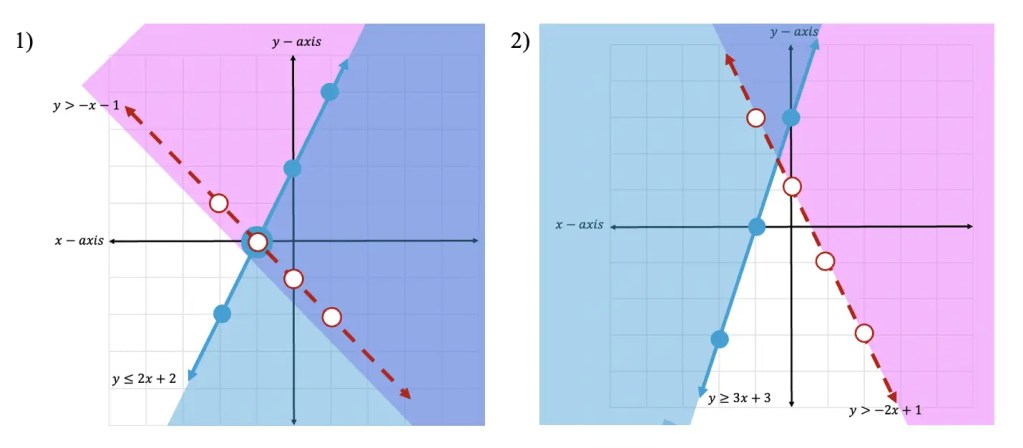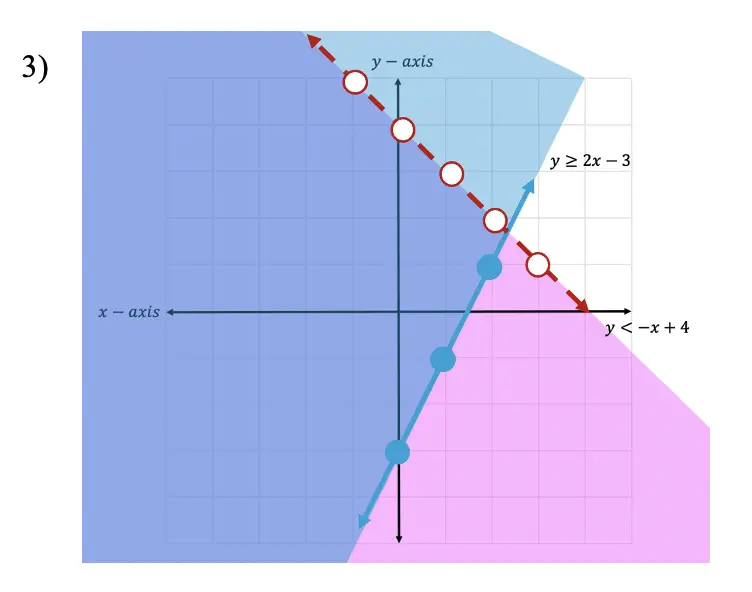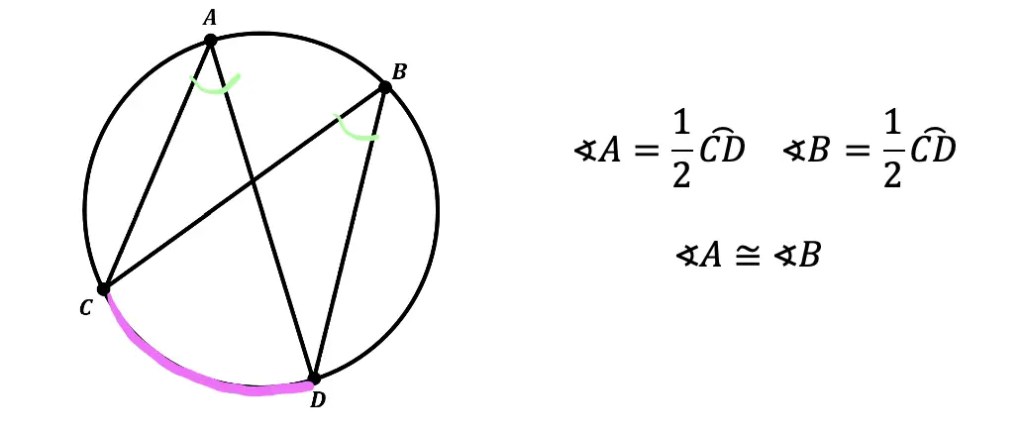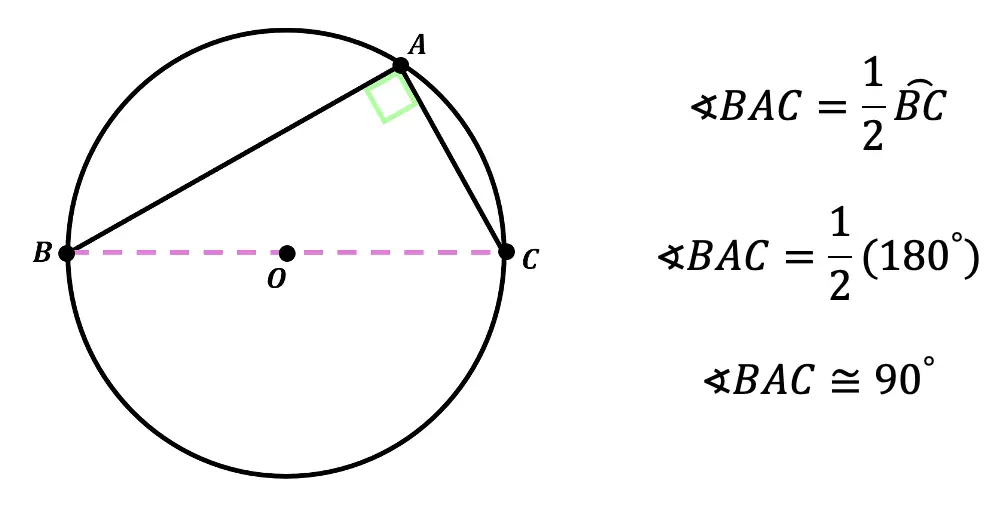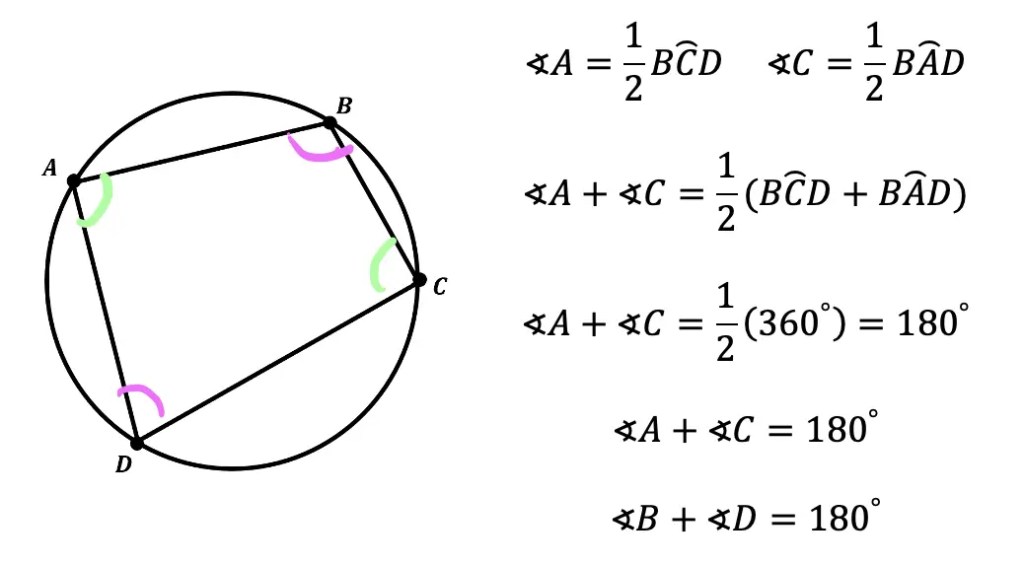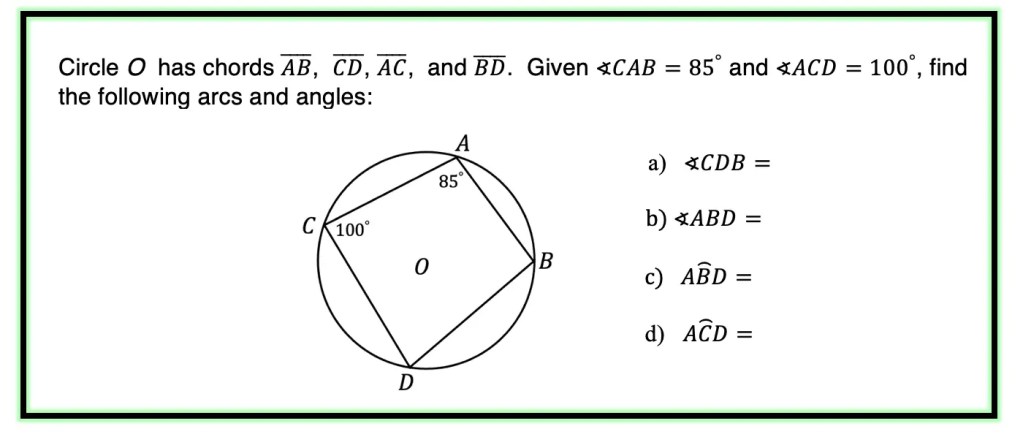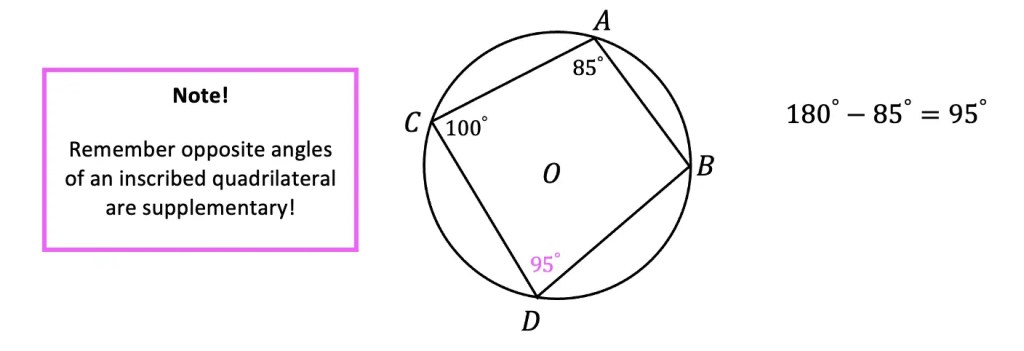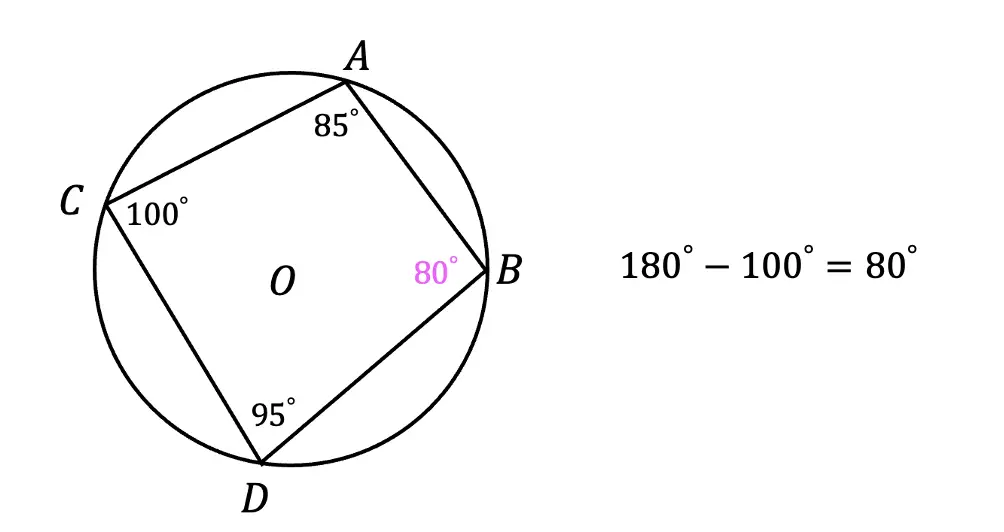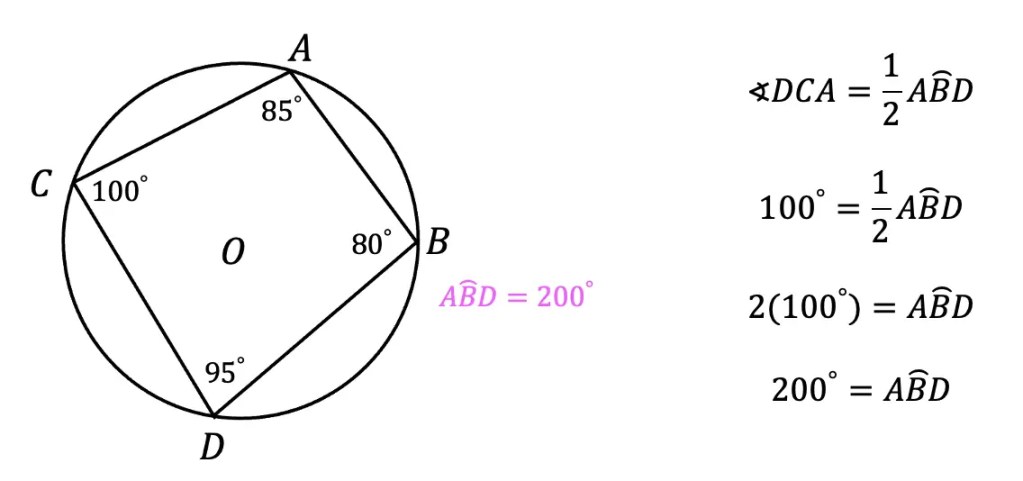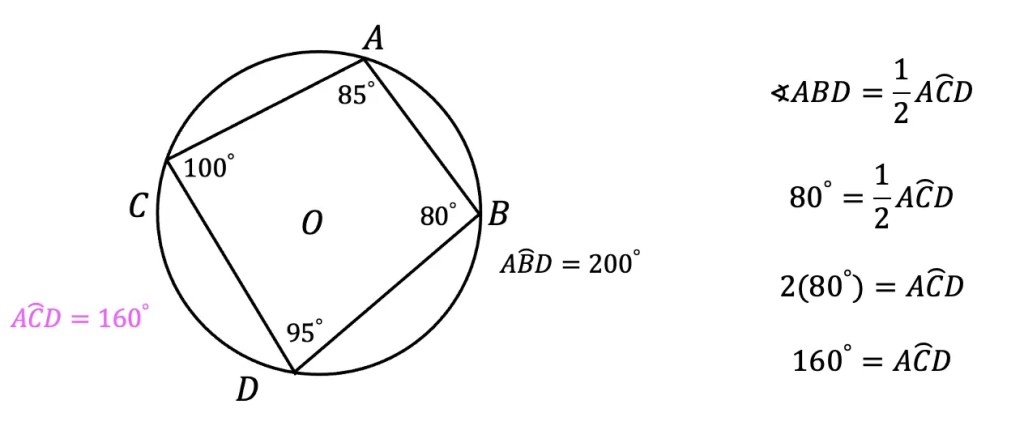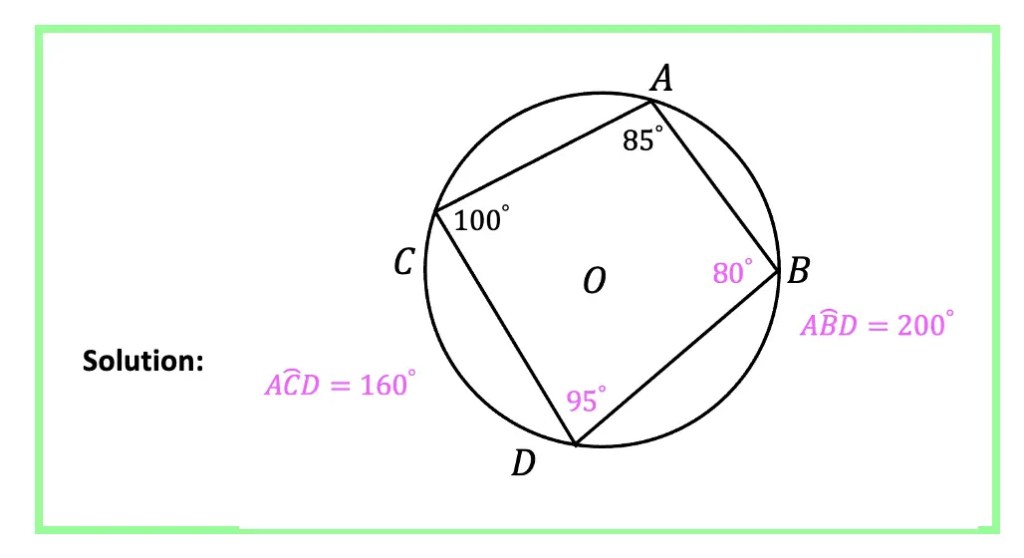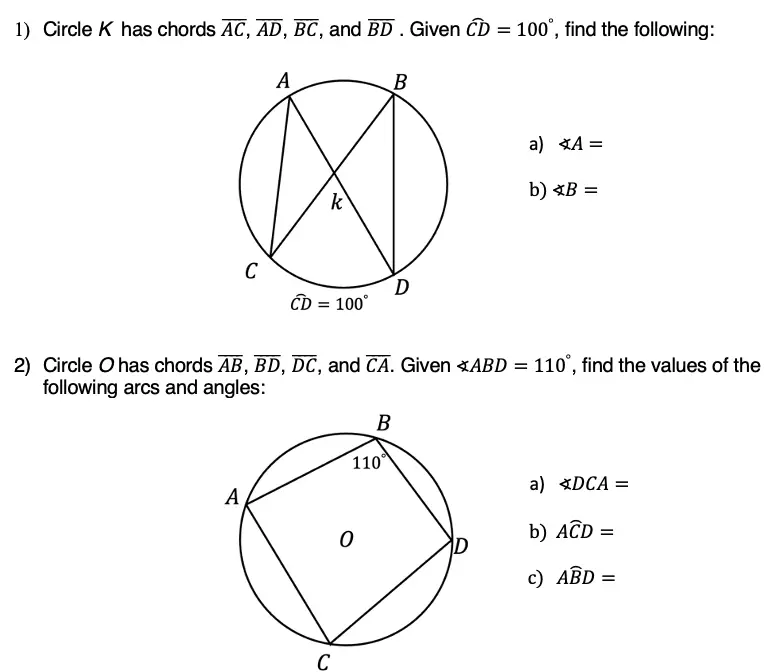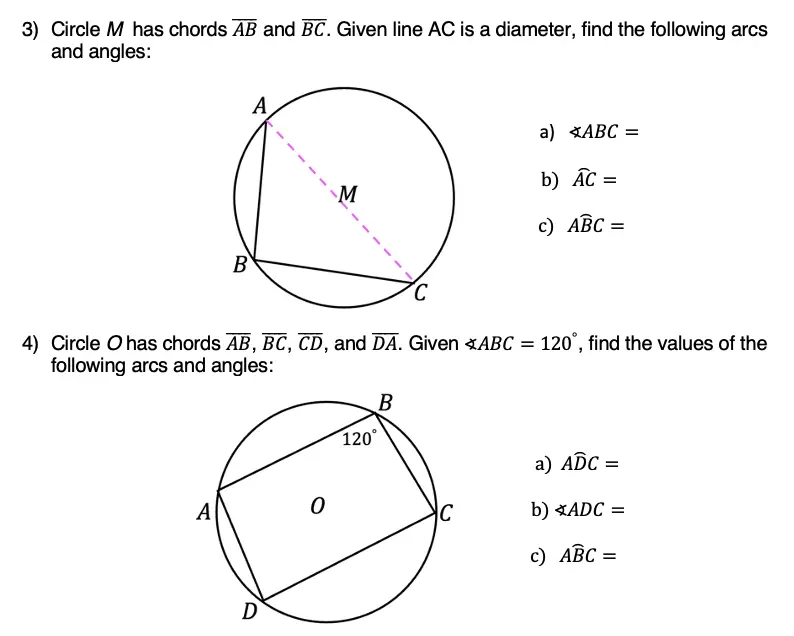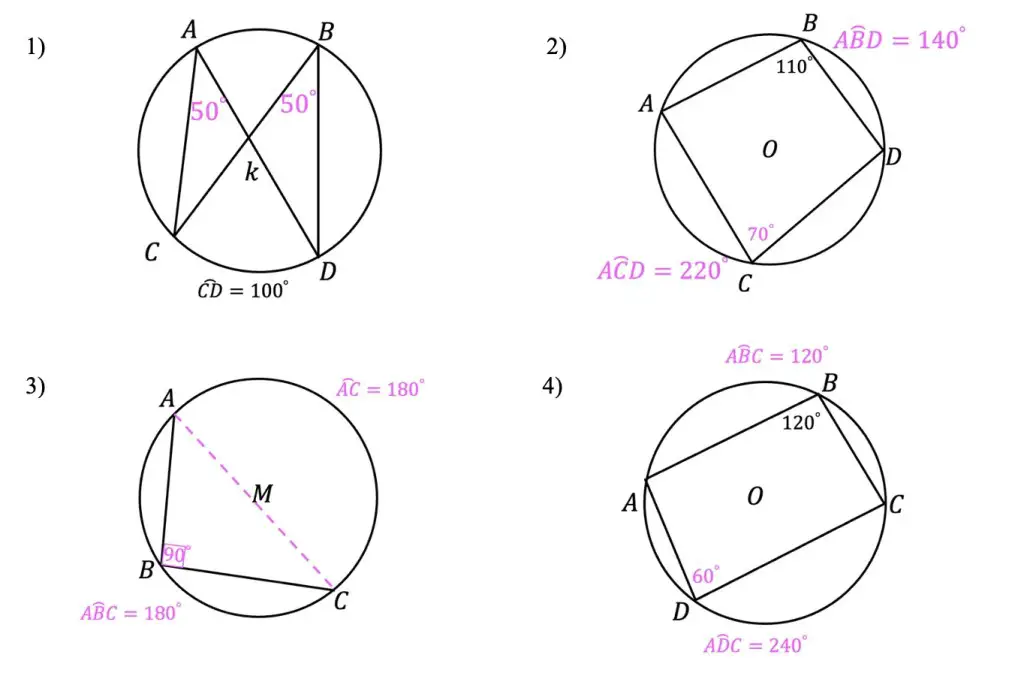Greeting math friends and welcome to another wonderful week of MathSux! In today’s post we are going to break down how to construct a 45 degree angle with a compass. We will take this step by step starting with a simple straight edge, then we will create a 90 degree angle, and finally we will use an angle bisector to bisect that 90 degree angle to get two 45 degree angles. If you have any questions please don’t hesitate to check out the video and step-by-step GIF below. Thanks so much for stopping by and happy calculating! 🙂
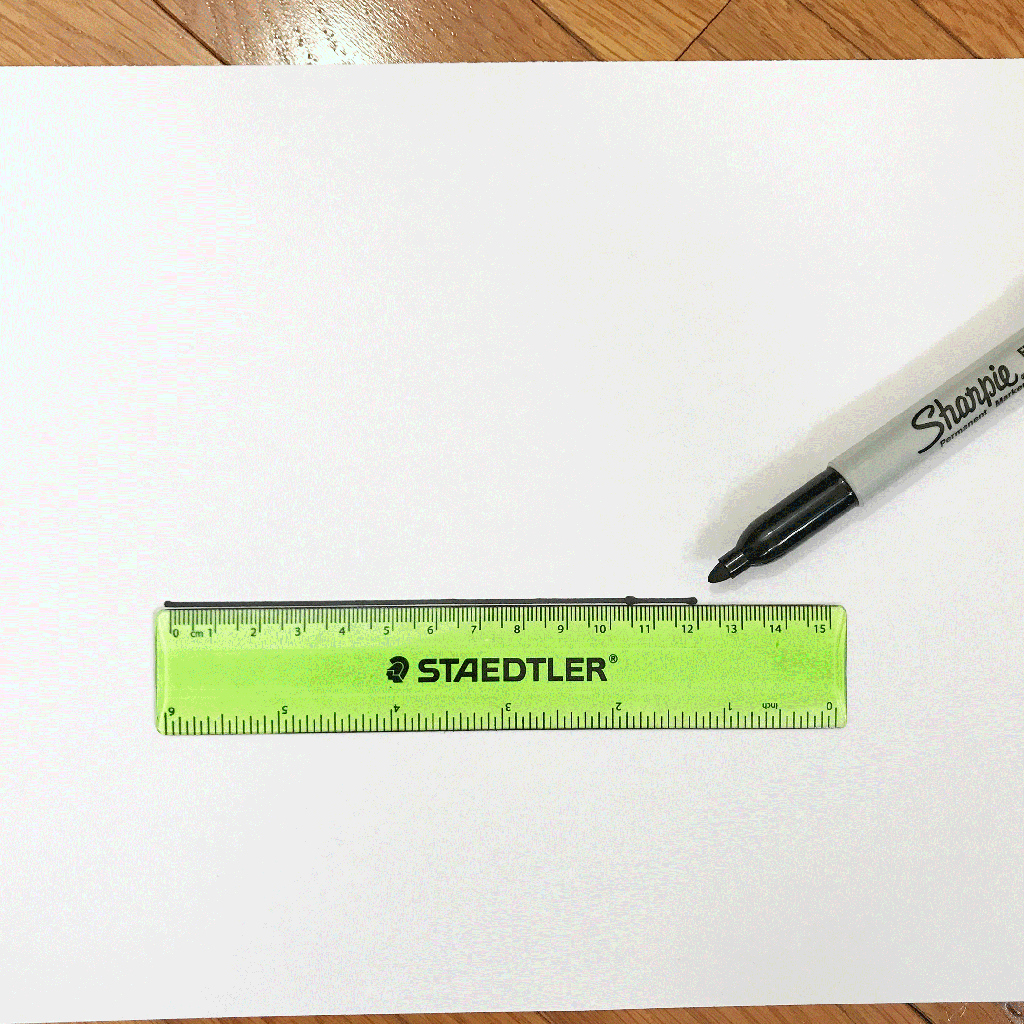
How to Construct a 45 Degree Angle with a Compass:
Step 1: Using a straightedge or a ruler, draw a straight line, labeling each end point A and B.
Step 2: Next, using a compass, place the point of the compass on the edge of point A and draw a circle.
Step 3: Keeping the same length of the compass, take the point of the compass to the point where the circle and line AB intersect. Then swing the compass to make a new arc on the circle above line AB.
Step 4: Keeping that same length of the compass, go to the new intersection we just made and mark another arc along the circle.
Step 5: Now, take a new length of the compass (any will do), and bring it to one of the intersections we made on the circle. Then create a new arc above the circle by swinging the compass.
Step 6: Keep the same length of the compass, bring the compass to the other intersection we made on our circle to create a new arc above the circle.
Step 7: Mark a point where these two lines intersect and using a straight edge, connect this intersection to point A. Notice this forms a 90 degree angle (or a right angle).
Step 8: Now to bisect our newly made 90 degree angle, we are going to focus on the pink highlighted points where the original circle intersects with line AB and our newly made line.
Step 9: Using a compass (any length), we are going to take the compass point to one of these hi-lighted points and draw another arc.
Step 10: Keeping that same length of the compass, go to the other highlighted point and make another arc as well.
Step 11: Now with a straight edge, draw a line from point A to the new intersection of arcs we just made.
Step 12: Notice we split or 90 degree angle in half and now have two equal 45 degree angles?!
Still got questions? No problem! Don’t hesitate to comment with any questions below or check out the video above. Thanks for stopping by and happy calculating! 🙂
Constructions and Related Posts:
Looking to construct more than just a square inside a circle? Check out these related posts and step-by-step tutorials on geometry constructions below!
Construct an Equilateral Triangle
Perpendicular Line Segment through a Point
Construct a Square Inscribed in a Circle
Altitudes of a Triangle (Acute, Obtuse, Right)
How to Construct a Parallel Line
Best Geometry Tools!
Looking to get the best construction tools? Any compass and straight-edge will do the trick, but personally, I prefer to use my favorite mini math toolbox from Staedler. Stadler has a geometry math set that comes with a mini ruler, compass, protractor, and eraser in a nice travel-sized pack that is perfect for students on the go and for keeping everything organized….did I mention it’s only $7.99 on Amazon?! This is the same set I use for every construction video in this post. Check out the link below and let me know what you think!
Facebook ~ Twitter ~ TikTok ~ Youtube
Looking for more constructions? Check out how to construct a square inscribed in a circle and an equilateral triangle by clicking on their respective links! And if you’re looking for even more geometry constructions, check out the link here!






